The fame of Giovanni Fattori (Leghorn, 1825 - Florence, 1908), a Leghorn artist with the rough character typical of the Tuscan Maremma, is mostly linked to those works that depict rural life, the peasant world of the butteri with their ever-present white oxen with large horns, fatigued under the hot summer sun as they pull heavy carts. However, it would be too reductive to associate Fattori with the depiction of the Tuscan landscape alone: in fact, his art mirrors the history and themes of his era, the nineteenth century, which revolves around the great battles of the Risorgimento, the tiring life of the soldiers and the no less hard life in the fields. Themes and situations that visitors are confronted with in the major exhibition at the GAM in Turin dedicated to the artist, entitled Fattori. Masterpieces and Openings on the 20th Century, curated by Virginia Bertone (GAM’s chief conservator) and Silvestra Bietoletti (a great specialist in 19th-century Tuscan art) and open to the public until March 20, 2022. The curators’ intent is precisely to chronologically retrace the milestones of Fattori’s production, to make it clear how the artist ranged in his research among the crucial points of his era, but also to present for the first time his participation in the important Turin exhibitions held between the nineteenth and twentieth centuries.
The entire production of Giovanni Fattori is thus retraced step by step in the rooms of the GAM through more than sixty paintings of all sizes, from the most small to monumental, from the Museo Civico Giovanni Fattori in Livorno, the Matteucci Institute in Viareggio, the Galleria d’Arte Moderna in Palazzo Pitti in Florence, the Galleria Nazionale d’Arte Moderna e Contemporanea in Rome, the Pinacoteca di Brera, the Museo di San Martino in Naples and other Italian museum venues, such as the Fondazione Progetto Marzotto in Trissino or the Raccolte Frugone in Genoa, as well as from private collections; the exhibition lacks the crucial Rotonda dei bagni Palmieri in Livorno, which has not been loaned. There are, however, important paintings that make the chronological excursus of remarkable quality; among them, the painting Battle Line, which the painter presented at the Italian General Exhibition held in the city in 1884, at which it was purchased for the collections of the National Gallery of Modern Art in Rome, has returned to Turin. The catalog that accompanies the exhibition offers four essays written by the two curators, Cristina Acidini and Fernando Mazzocca that delve into different aspects of the artist’s biography, such as his relationship with the Academies (as a student and as a teacher), memories of life and art, participation in historical exhibitions, and Fattori’s fortunes in the twentieth century consecrated by Ugo Ojetti as early as 1911, three years after the artist’s death, by Emilio Cecchi in the magazine Valori Plastici, and by Lionello Venturi. Then there is a brief critical anthology on Fattori’s experience at the historical exhibitions in Turin, amidst the praise and dissent his paintings provoked; his name recurs several times in the catalogs of exhibitions from 1863 to 1907 with over fifty paintings that Fattori sent to exhibitions set up at the Società Promotrice di Belle Arti and at the National Exhibitions. Completely absent from the catalog, however, are entries for the works in the exhibition.
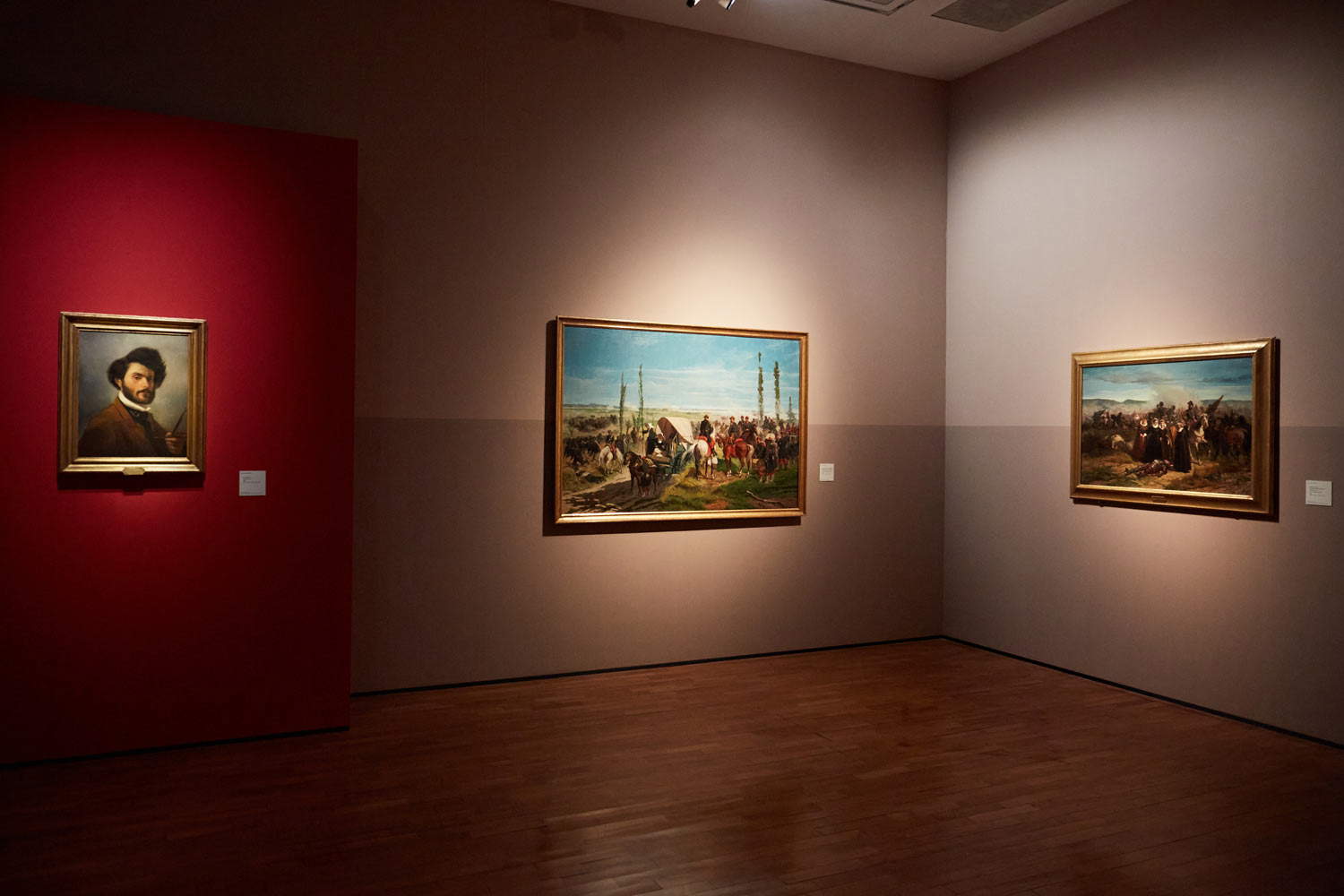


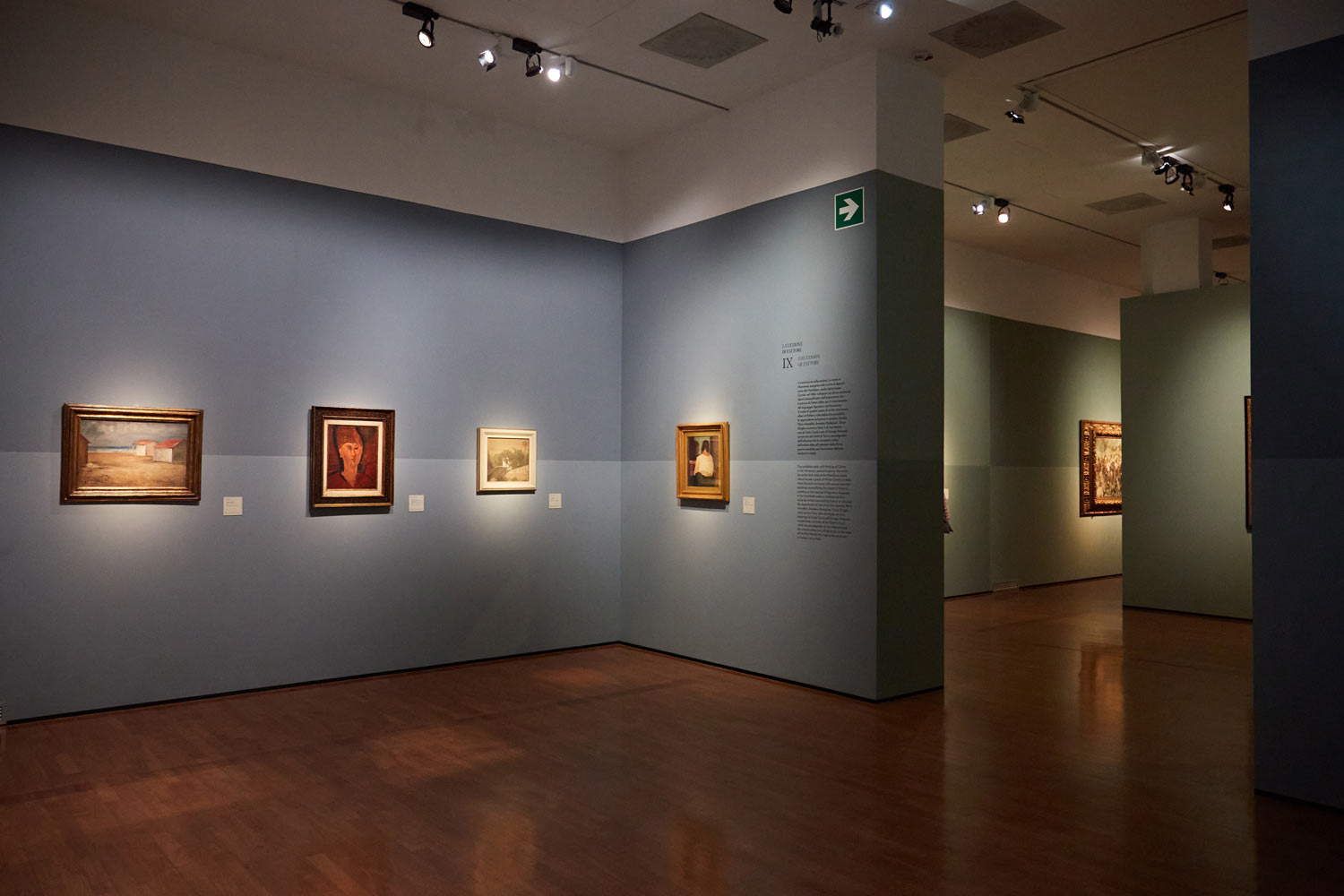

The exhibition tour kicks off with theSelf-Portrait of 1854 kept at the Gallery of Modern Art in Palazzo Pitti, where the artist appears in three-quarter view and with a proud gaze: it is considered one of the first paintings of Fattori’s artistic maturity, which combines the lessons of Giuseppe Bezzuoli with the innovative experiments of the frequenters of Caffè Michelangiolo in Florence. After studying in Leghorn under the painter Giuseppe Baldini, whom the young Fattori would describe as “bumptious and vain,” while still in his twenties he moved to Florence to study privately in Bezzuoli’s school, sharing an attic with fellow countryman Costantino Mosti , whom together they equipped for their practice in figure drawing with “plaster heads, skulls, armor and jacques, medieval weapons.” The thought of having to start studying frightened him since the many artists he had seen in Florence all seemed so good that they disheartened him and “got him drunk.” Leaving his master’s studio in 1847, he entered the School of Perspective at theAcademy of Fine Arts, which he attended occasionally, moving on the following year to the “course of Statues,” in which he was judged “clamorous, overbearing and rude,” unlike Bezzuoli, who recognized him as a “talent of craft”; he probably felt uncomfortable in that academic and city environment as he reacted brusquely with both teachers and fellow students. After unsatisfactory results, he moved on in 1850 to Bezzuoli’s School of Painting, from which he emerged two years later with enough preparation to allow him to paint on themes of lingering neoclassicism, drawn from mythology, and historical romanticism. Thanks to the master, Fattori learned a drawing that guaranteed him a solid formal security for all his production, both in his macchia painting always preceded by thoughtful drawings and in the etchings of his mature period. Alongside this training, his frequentation of the Caffè Michelangiolo should be considered, where he had the opportunity to meet many artists, such as Signorini, Cabianca, Banti, and Borrani, who brought him closer to the macchia painting they advocated as an instrument of pictorial renewal in the sign of truth.
From this period are precisely theSelf-portrait of 1854, and various military and historical subjects, such as Mary Stuart at Crookstone Camp (1861), Soldiers of ’59, a work in which macchia painting began to be noticed, and the monumental Italian Camp after the Battle of Magenta (present in the exhibition with a smaller version of 1862 from the cartoon made for the painting) with which he won the Ricasoli Competition announced by the provisional Tuscan government in September 1859. He entered the competition at the last moment urged on by his friend Nino Costa and submitted two sketches: one depicted one of the main phases of the fighting, the other focused on theimage of the ambulance; the second was chosen for “the novelty of the compositional layout” and “convenient realism,” although the Commission made him make corrections because the landscape, in their opinion, did not perfectly resemble that of Magenta. Reason being, at an advanced stage of the painting, in 1861, he went with his young wife Settimia Vannucci to observe that open, vast and flat countryside in Lombardy and to take some notes on it in pencil. Already in the Battle of Magenta one can recognize a painting of battles that was not intended to be a patriotic exaltation, but a human representation of the pain, fatigue and death associated with the theme of war. His intent was precisely, since his Leghorn years, to paint military scenes that expressed the physical and moral fatigue of those “rough and rustic workers, bagged in their ordinance uniforms, shoehorned into the military storehouse boots, burned by the sun, made rough by their labors,” as Diego Angeli wrote in commentary on the III Venice Biennale.
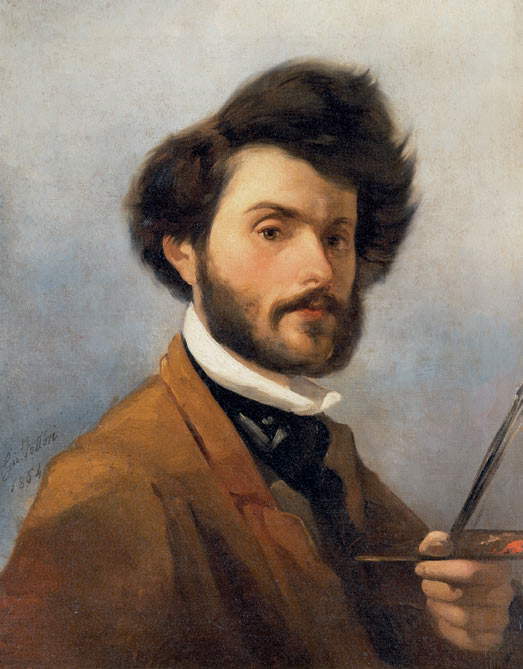
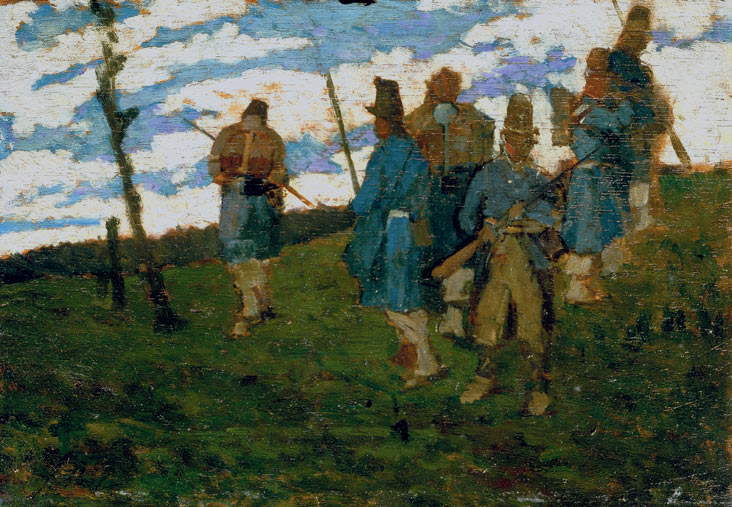


At the beginning of the second section, devoted to reflections on the macchia, the bronze portrait of his wife Settimia, among the most intense oil portraits Fattori made of family and friends during his Leghorn years, is striking. In 1863, in fact, the artist had returned to Leghorn with the hope that the sea air would be good for the health of his beloved wife, who was ill with tuberculosis. During this period he devoted himself mainly to landscapes and portraits, producing works that harked back to Tuscan painting of the past with reference to the harmonious rules of the 15th-century Tuscan tradition with few human figures: clear examples are Costumi livornesi and Le macchiaiole, and luminous and at the same time sentimental works rendered with few strokes, such as Signora all’aperto. Le macchiaiole, a harmonious and highly innovative painting that depicts a scene of peasant life with solemnity but also with extreme truth, was exhibited in 1866 at the Florentine Promotrice exhibition, provoking reactions from critics and artists because it waged “war on academics and historians amid moral pain and deprivation.”
In February 1868 the government held a painting competition, and Fattori was among the first to apply: he depicted a Risorgimento battle scene, L’Assalto alla Madonna della Scoperta, which was awarded a prize of two thousand liras for genre painting. The painting was preceded by studies and preparatory versions (on display is one of the most representative ones made between 1866 and 1867 and kept at the Matteucci Institute in Viareggio), but in the final work presented in 1868, the compositional ideas developed earlier in the decade to make the Battle of Magenta are combined with Leghorn’s spatial research to allow the viewer to participate in the military action and to reflect on the various aspects associated with a war scene, such as death, fatigue, and excitement. His depictions show the daily life of soldiers such as The Letter to the Camp,Infantry Encampment, Soldiers and Horses on a Plain, but they also express Fattori’s judgment of the war, certainly sharpened by the disillusionment with Risorgimento ideals experienced as a betrayal and as a symbol of defeat for an entire generation, especially in paintings such as Abandoned Soldiers where the lifeless bodies of two soldiers lie on the ground on a country road, or in The Bursting of the Caisson, a work of tragic spectacularity, in Battle Line, or again In the Lookout, a painting the latter of which gives an almost alienating sense of dramatic suspension through that strong luminosity of the white wall and ground and that rigid compositional logic that again recalls the compositional exactitude of the 15th century. Of this painting Giulio Carlo Argan said that “the episode of the cavalrymen advancing in a deserted and sunny place coincides with the universal of geometric space and absolute light.” These are paintings that fully express the moods of the soldiers in the encampments thanks to the artist’s great ability to render characters and situations with truth.
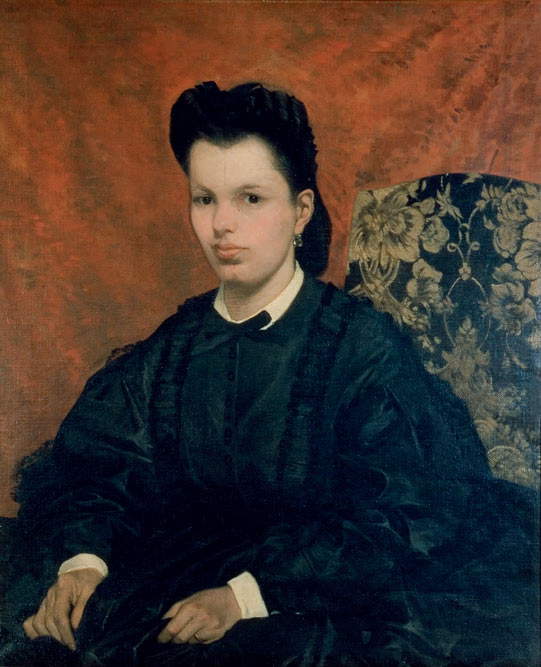
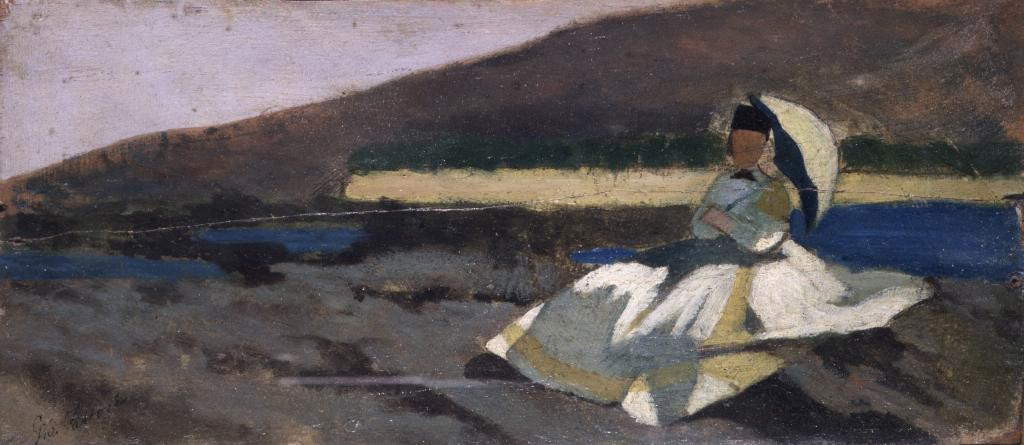

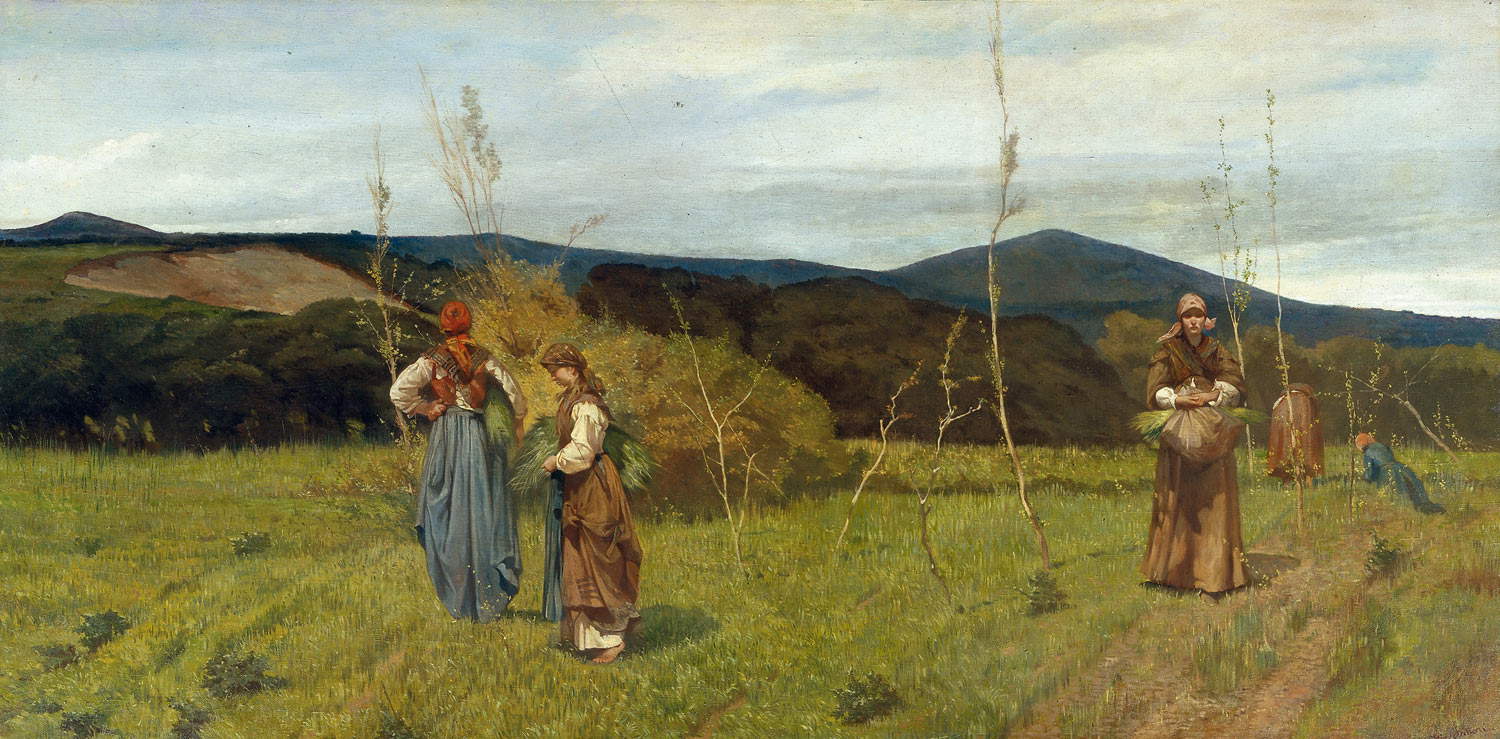
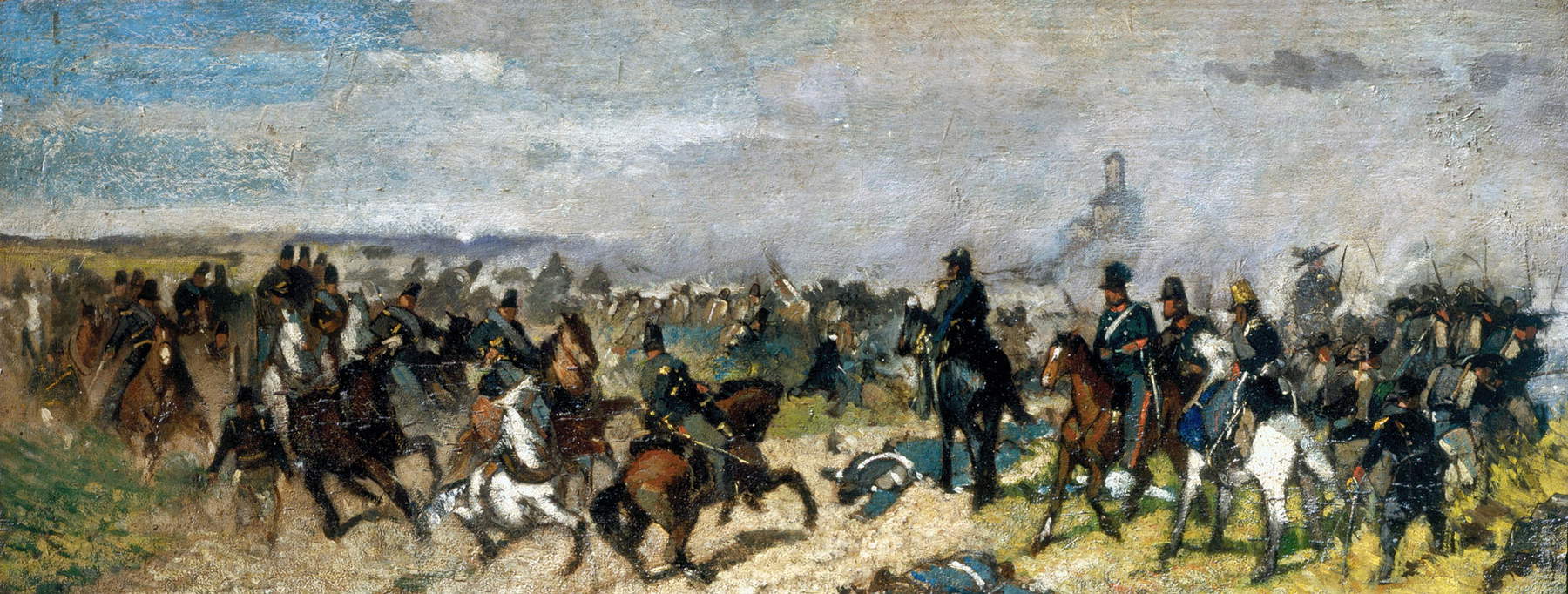

The exhibition continues with the rural landscapes of Castiglioncello, where the artist had gone in 1867 as a guest of Diego Martelli: the portrait of the latter sitting in the shade of trees dates from this stay. Here in Castiglioncello Fattori painted from life together with Odoardo Borrani and Giuseppe Abbati, and all three focused on the theme of white oxen hitched to a red wagon, a theme tackled many times by the artist and represented in the exhibition by an 1868 painting preserved in Carpi. The simplicity of rural themes became the protagonist particularly in the period of the Castiglioncellese sojourn: examples are Buoi e bifolco in riva all’Arno from the Frugone Collections in Genoa and Pastura maremmana (Horses grazing) from the Matteucci Institute in Viareggio. The portrait of Teresa Fabbrini, Diego Martelli’s companion, also dates from that period: in fact, in La signora Martelli a Castiglioncello he portrays her sitting in the shade of the holm oaks wrapped in her gray-blue robe as she looks out over the sunny countryside; it seems to be a painting from life that stops a moment of country quiet. In addition to the countryside, she depicts glimpses of urban life, as in Viale Principe Amedeo in Florence, where she depicts men, animals and carts of a humble and disconsolate everyday life.
Following a stay in Mugello, Fattori made the Mercato a San Godenzo, a painting with an elaborate composition designed to render the confusion of the day: white bodies of oxen are interspersed with the dark figures of men and animals; figures delineated by a sharp outline, by a graphic mark similar to that of his earlyetching trials, which later became one of the artist’s most widely used techniques with results of the highest level. One aspect that emerges from this painting is the way in which the humble life of the peasants is akin to the dramatic life of the soldiers, both portrayed truthfully giving them an almost epic trait. The rural world is once again depicted in this section through the monumental Oxen at the Cart of about 1885 belonging to the Pinacoteca Civica di Forlì, in which he takes up the theme of the red cart pulled by white oxen and adds the figure of a peasant woman pulling with all her strength the ropes of the oxen without any movement on the part of the latter, which remain motionless (a somewhat comical scene but one that expresses the fatigue of country women, as in The White Road of about 1887, which depicts a peasant woman from behind as she walks slowly and solemnly with a pose similar to that of Le macchiaiole on a sunny and totally white road).
Also exhibited here are portraits of a Buttero and a little girl in profile, the latter better known as Red Gotine, which was purchased for GAM in Turin in 1930. Both the Portrait of a Buttero and Red Got ine can probably be traced back to impressions gained from visits to Marsiliana, in Maremma, where Fattori was a guest of Prince Corsini in 1882 and 1886; themes inspired by rural customs and traditions, with accurate chromatic solutions. On the subject of Red Gotine, Vittorio Viale, a year from the beginning of his directorship of the Turin museum, wrote in an article published in March 1931 in the magazine Torino: "Serious are the gaps that the Gallery presents for the great names of the last Italian nineteenth century, and also for some Piedmontese Masters. It is my intention to work with all my strength and means, to fill the painful gaps little by little. The beginning was promising. In 1930 a painting by Giovanni Fattori was purchased, the delightful figure of a little girl Gotine rosse, once in the Galli collection in Florence, and undoubtedly one of the most beautiful and significant works of the great Macchiaioli’s best period." At a first assessment, two paintings by Fattori, Cousin Argia and Portrait of his second wife, from the collection of Riccardo Gualino of Turin, were instead “discarded” because “although beautiful and of considerable interest, it would perhaps be convenient for our Museum to take a landscape rather than a portrait.” Two masterpieces that Viale renounced in the name of the image of the Civic Gallery as a “temple of nineteenth-century landscape”; however, the former was purchased in 1934 and the latter two years later by Florentine collector Leone Ambron.


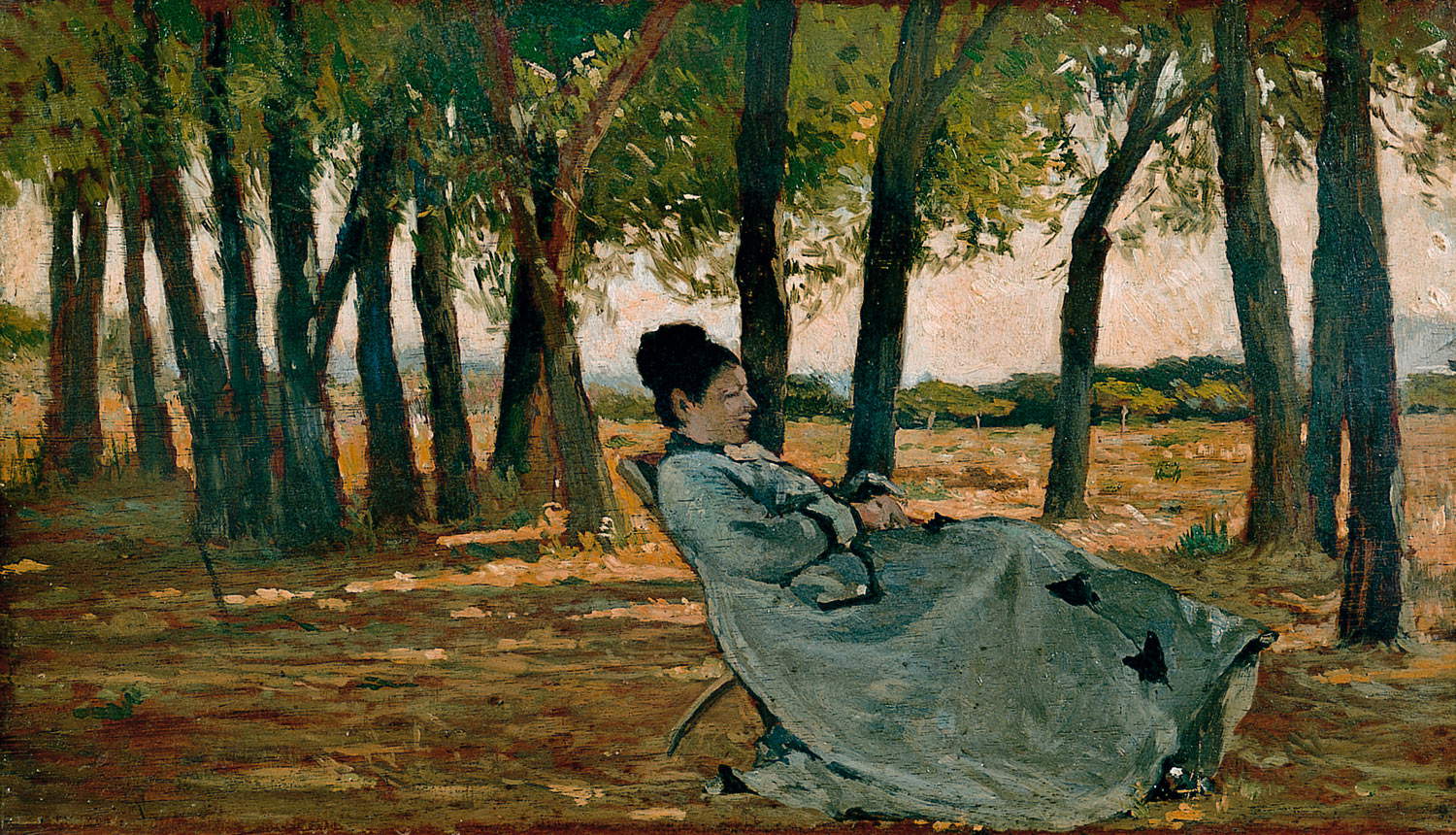
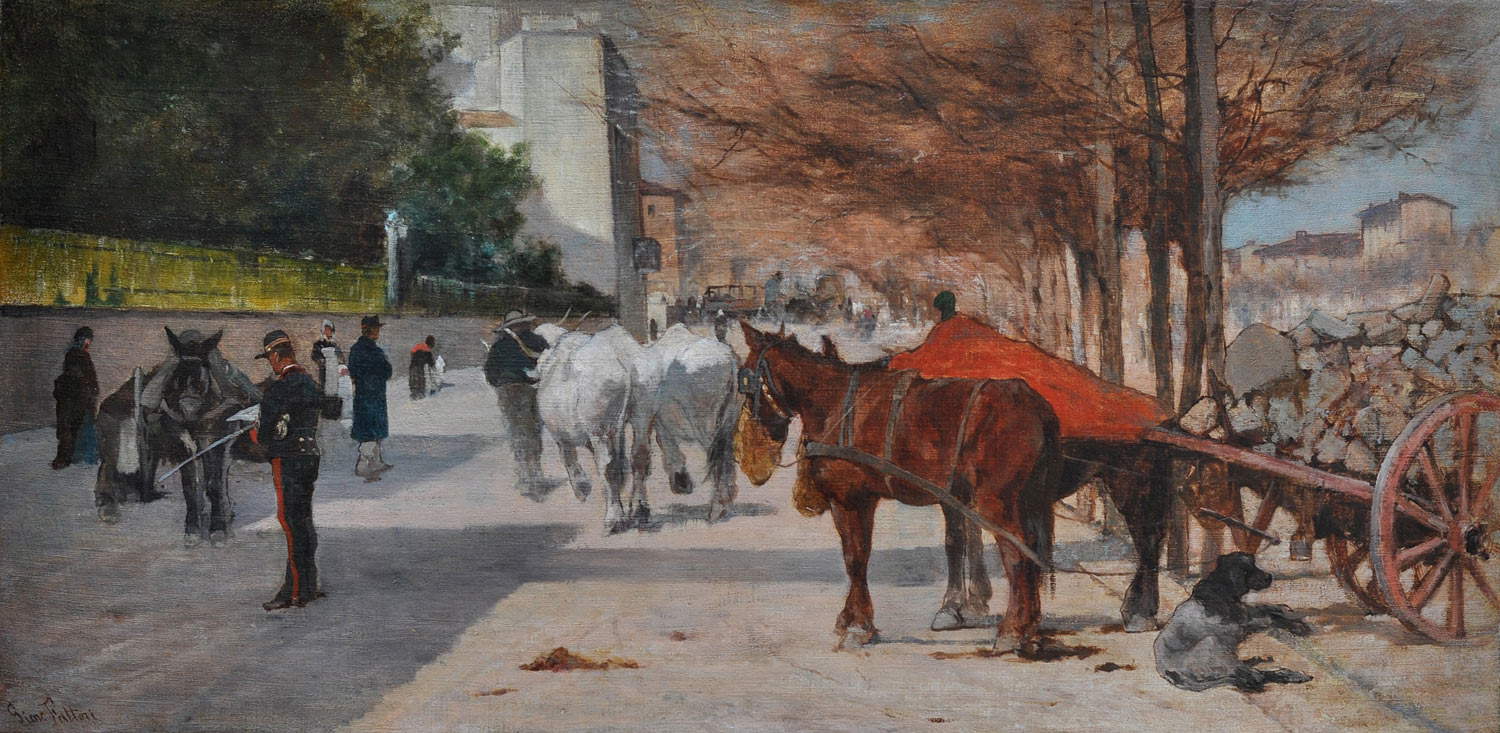
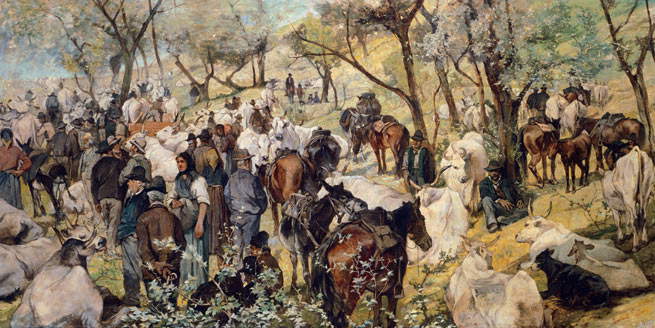
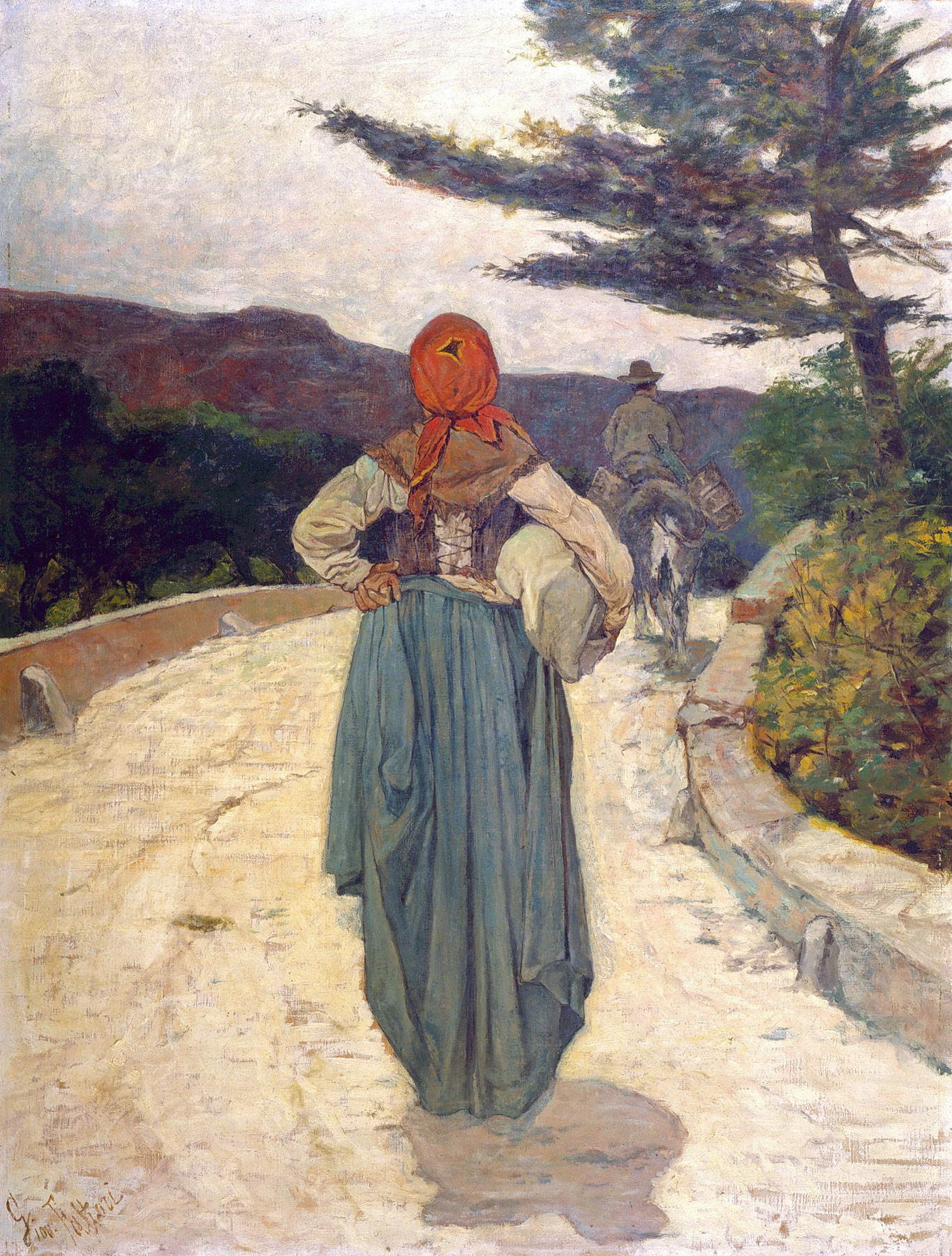

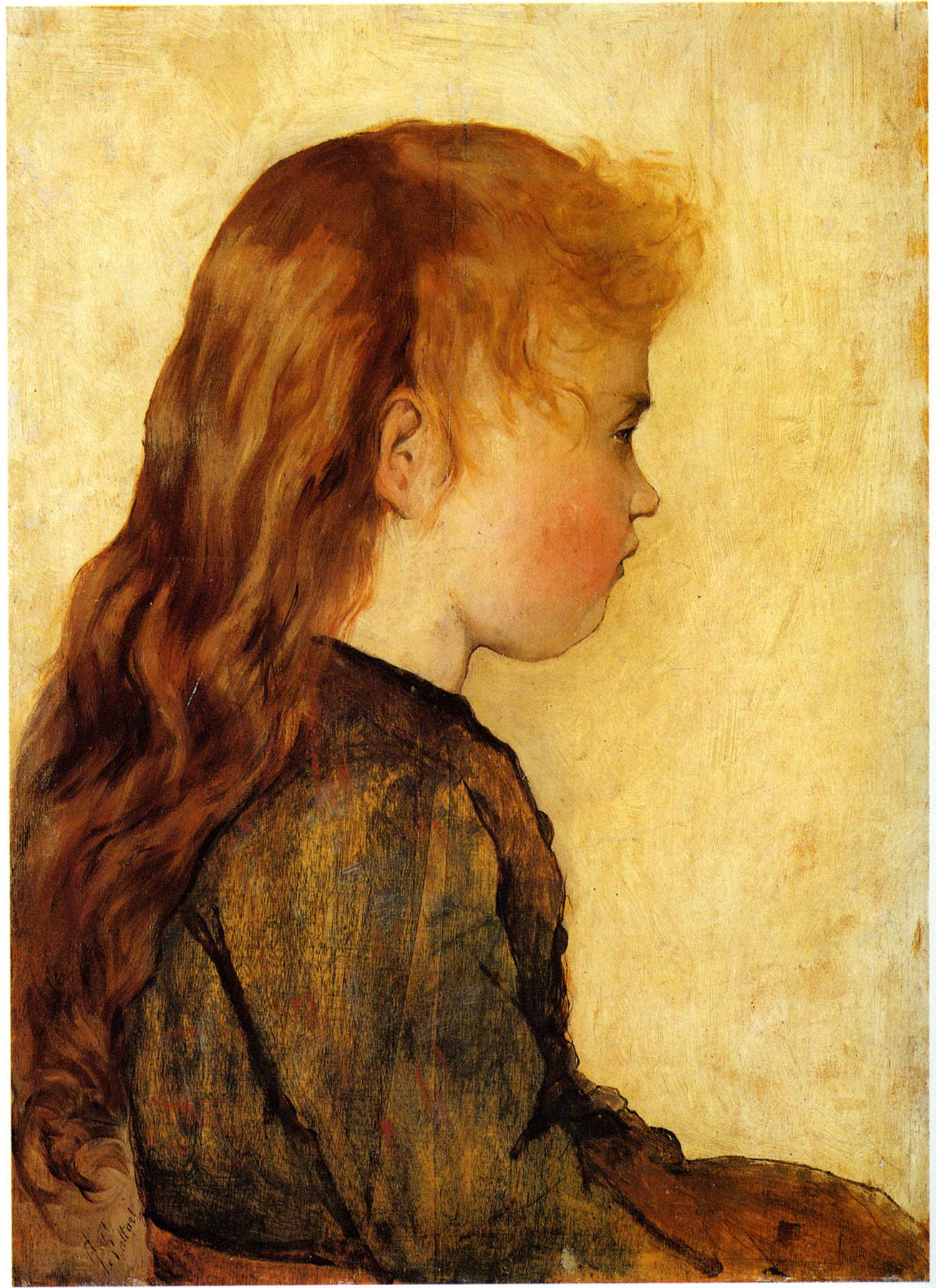
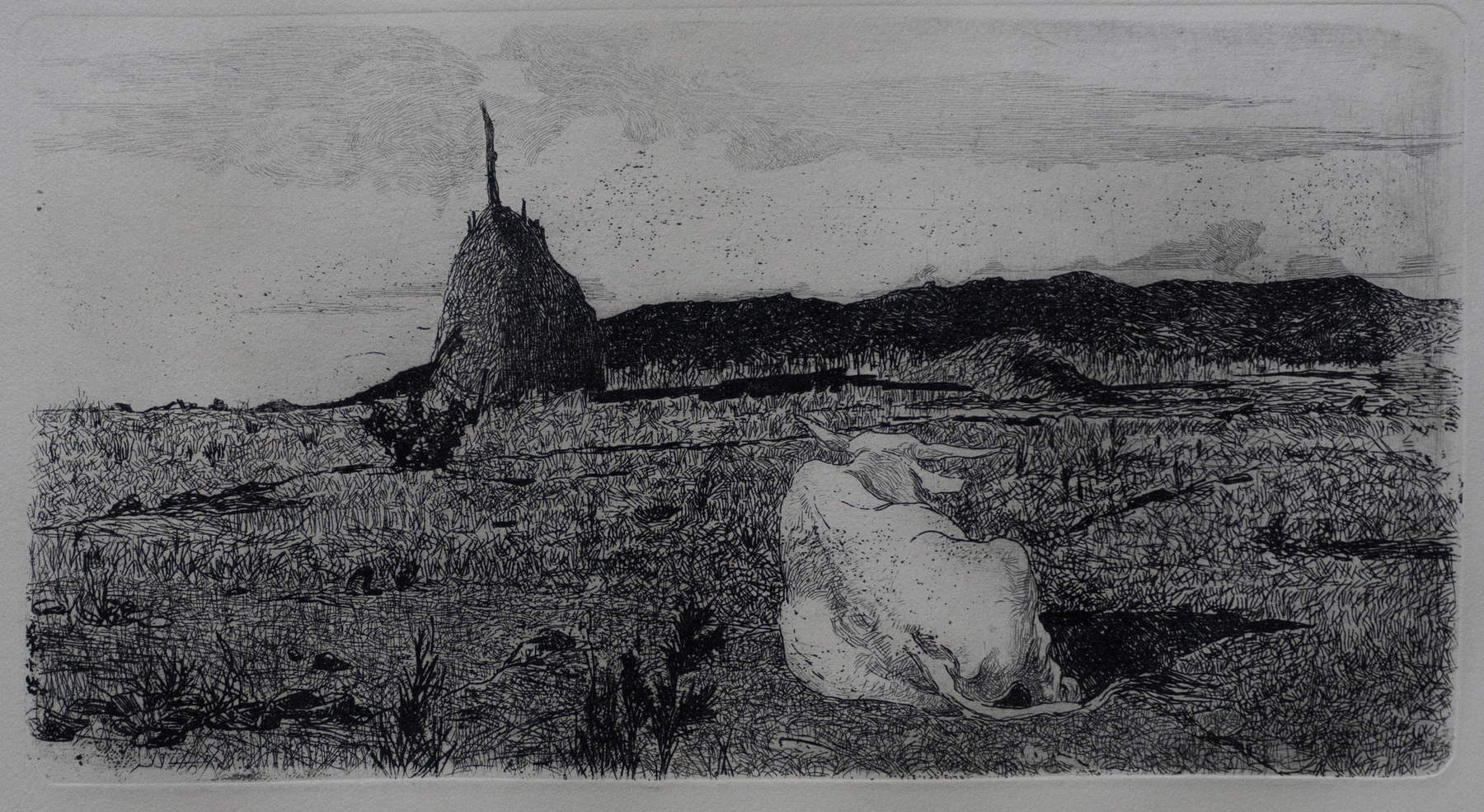
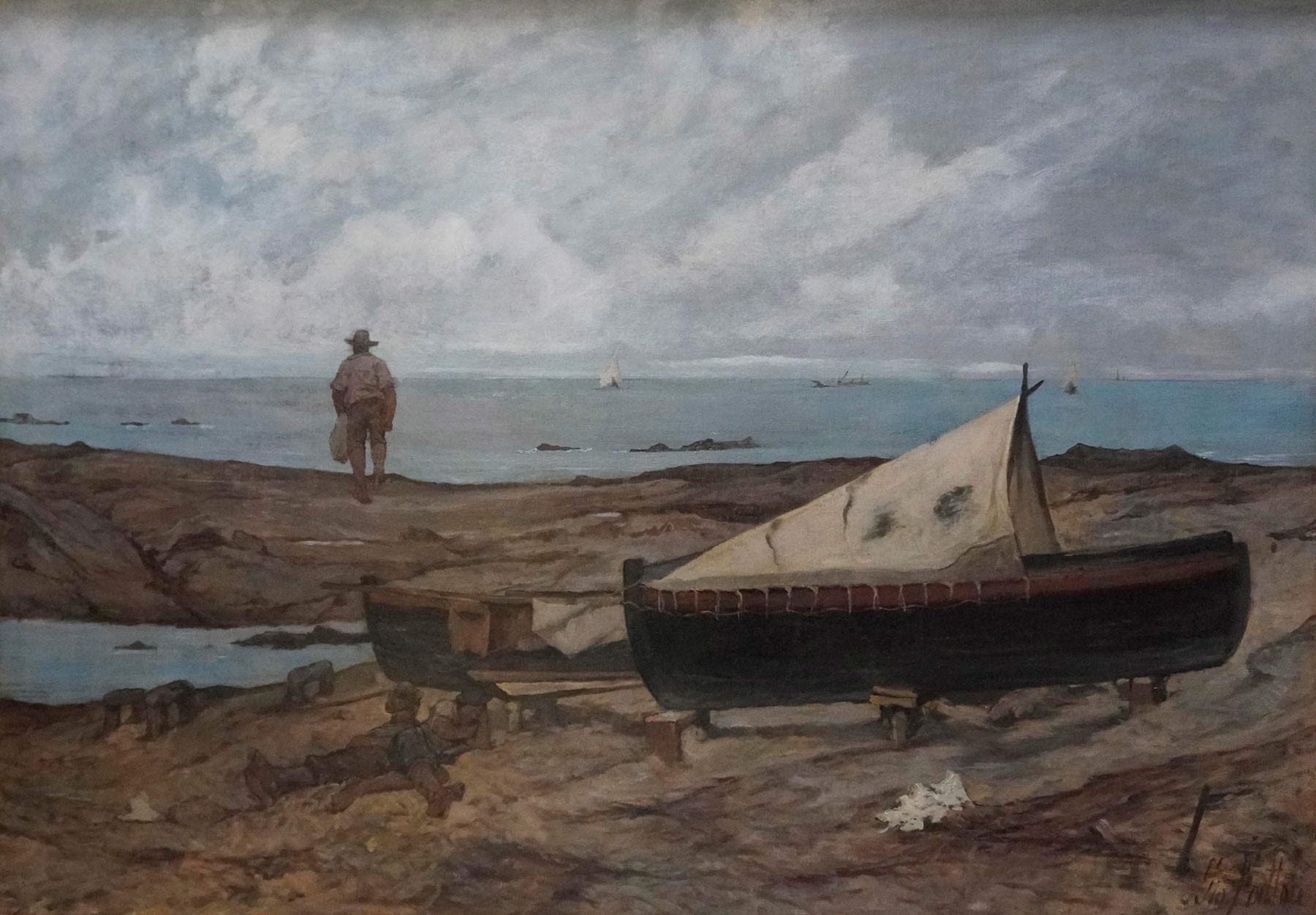

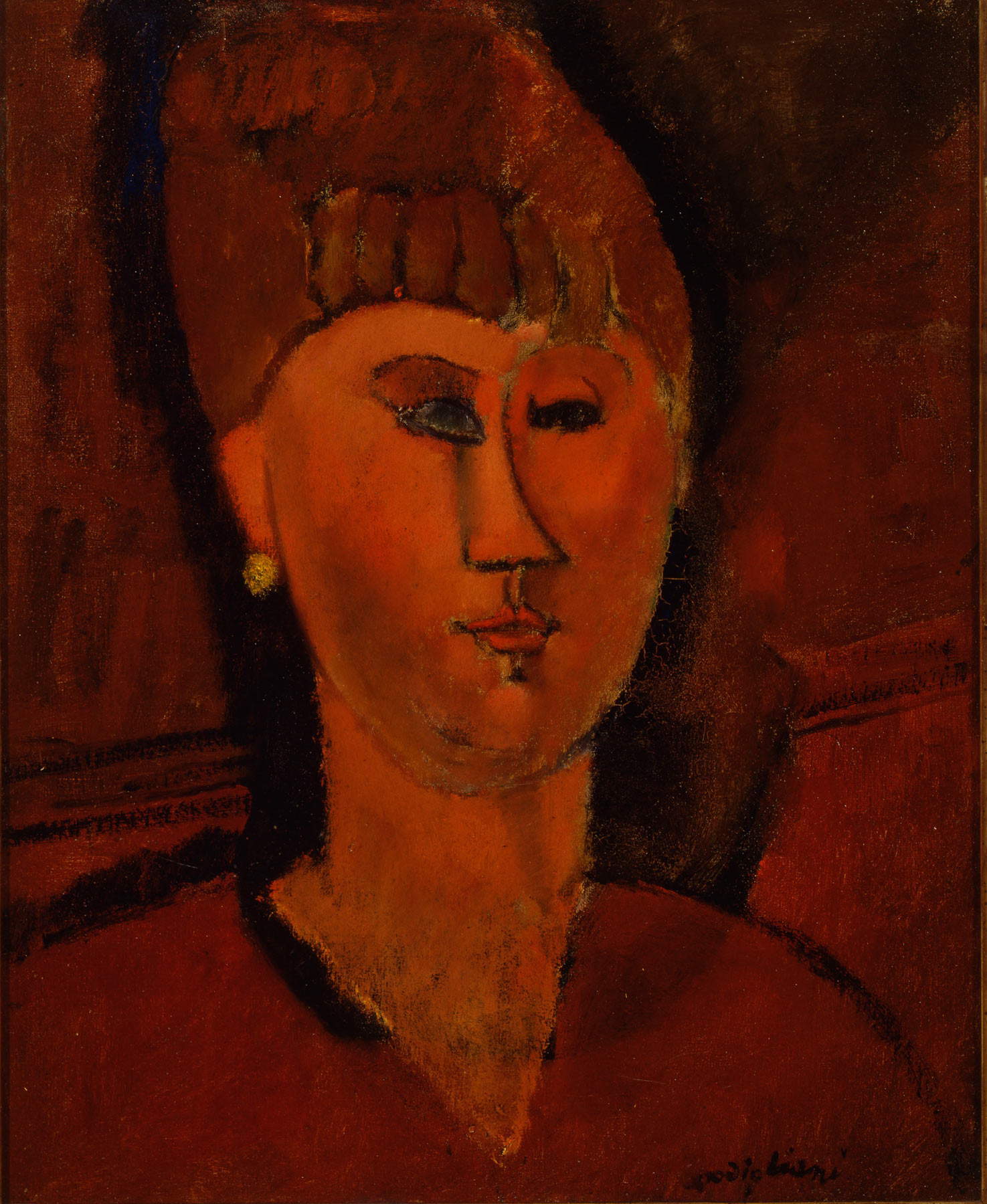
After a section entirely devoted to the etching technique, to which the artist embarked from the 1970s and which won him a gold medal at theParis World’s Fair in 1900 (those on display are all kept at the Fattori Museum in Livorno and depict rural or everyday life themes), the exhibition almost draws to a close with a selection of masterpieces completed in his late maturity, particularly portraits and landscapes: On the Beach (Gray Day), a work of strong emotional impact inspired by the Livorno coastline and rendered with the great painting of life; theSelf-Portrait of 1894, now an old man in his studio; Portrait of his Second Wife (1889); and Butteri e mandrie in Maremma (1894).
The exhibition concludes with the painting La mena in Maremma, made in about 1890 on the notes Fattori had taken at the Marsiliana a few years earlier, which is placed in dialogue with works by artists who were pupils of the artist himself or who learned his lesson directly, namely Plinio Nomellini, Amedeo Modigliani, Oscar Ghiglia and Lorenzo Viani, and with two works that belong to the GAM collections and are significant in the context of Fattori’s critical rediscovery after World War I for the renewal of figurative language in the twentieth century. These are Capanni al mare (1927) by Carlo Carrà and Paesaggio (1942) by Giorgio Morandi. It was the Fattori of the “small tablets of a few square centimeters, but where, and for the sure strength of the sign and for the right, frugal and profound harmony of the chromatic relations, the simple, humble and even poor reality transcends the limits of fleeting notation to sublimate itself in a superior representation, capable of recalling to our mind the memory of Giotto, of Paolo Uccello, of Beato Angelico,” as Soffici writes, and not the Risorgimento paintings, to have an influence on the painting of the artists of the twentieth century. The poetry of the Tuscan land, its landscapes, the everyday life of its humble people was in fact interpreted on canvas as no one had ever done until then, and it is precisely that simple but at the same time intense character that fascinated Fattori’s students and heirs.
This brings to a close the GAM exhibition, an intense exhibition itinerary, organized chronologically, with a summary in broad strokes of Fattori’s itinerary, and which gets to the heart of the themes and social and cultural landscapes of the second half of the 19th century through the works of one of the most authentic and representative voices of that era.
Warning: the translation into English of the original Italian article was created using automatic tools. We undertake to review all articles, but we do not guarantee the total absence of inaccuracies in the translation due to the program. You can find the original by clicking on the ITA button. If you find any mistake,please contact us.